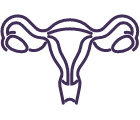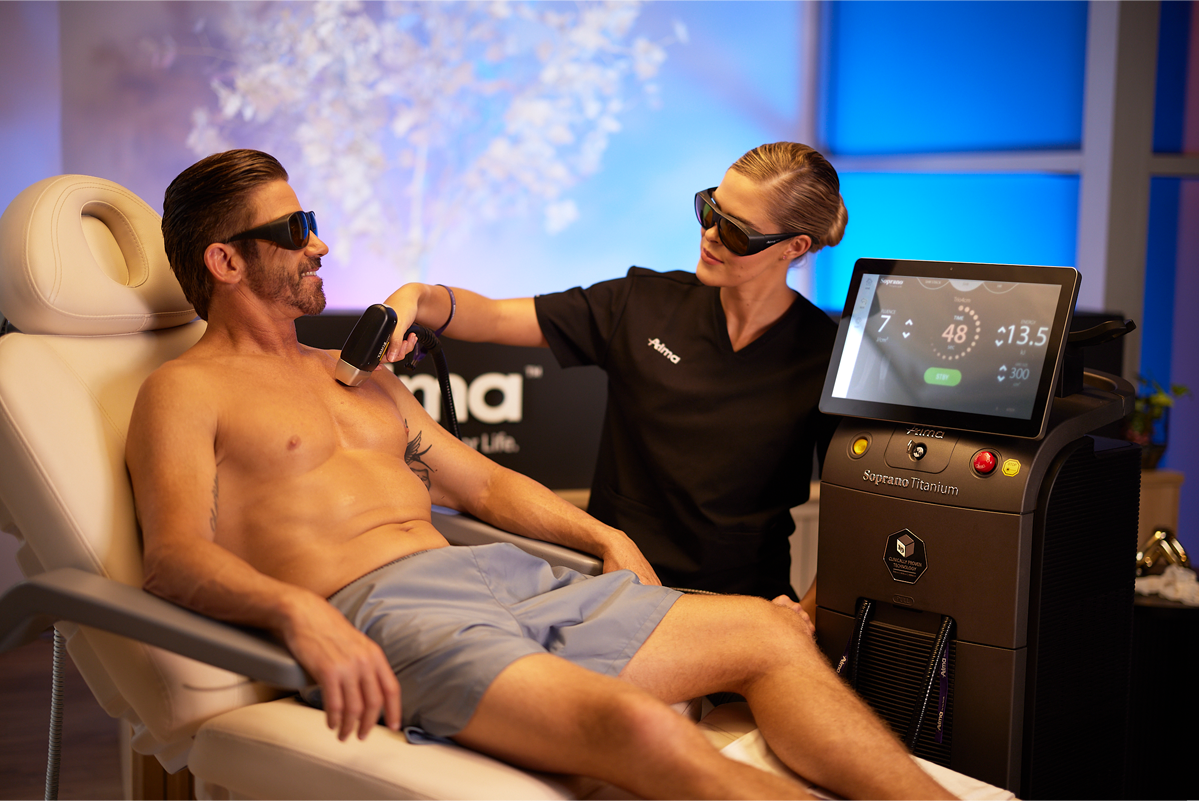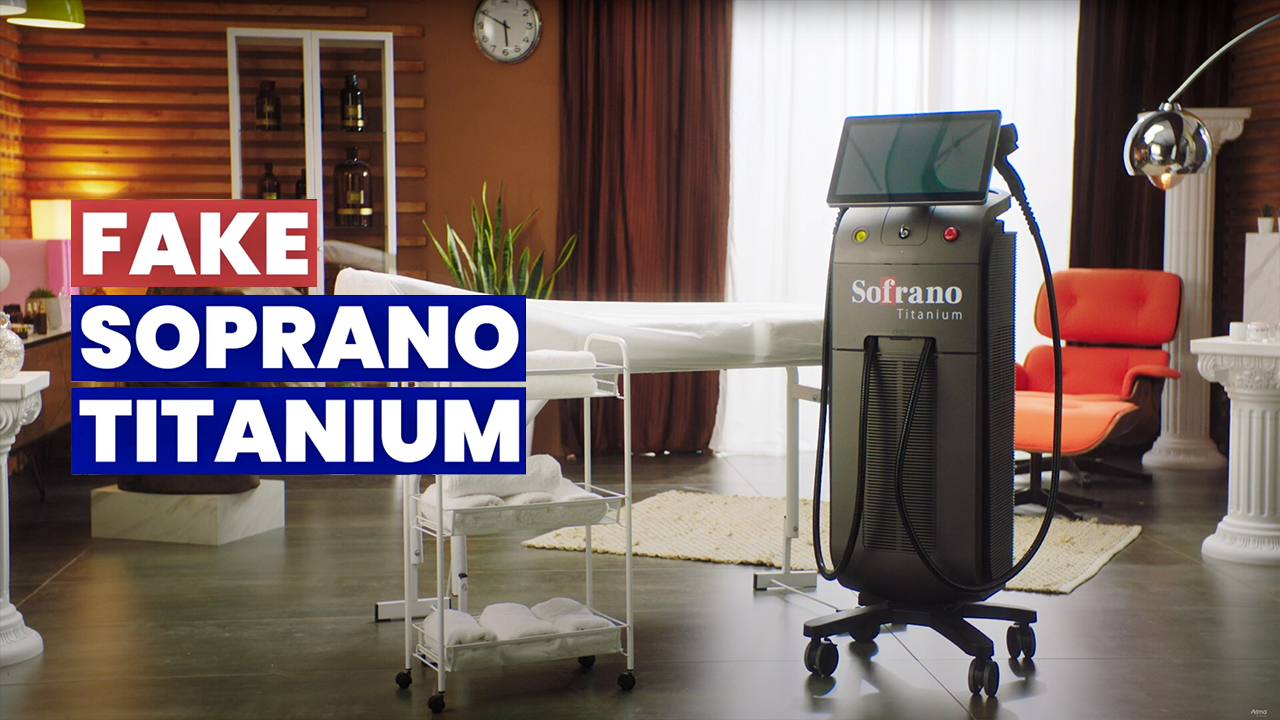Laser hair removal has been around for quite some time and gained popularity in the early 2000s through medical aesthetic chains worldwide. It was a groundbreaking moment for both clients and providers as it introduced a technology that provided efficient and less painful hair removal. For patients, using laser or IPL technology meant a quicker and less agonizing experience. For practitioners, using this technology instead of traditional hair removal methods meant happier clients and the ability to serve more of them in a single day.
Initially, those who were already interested in hair removal were the first to embrace laser hair removal. However, the majority of people were not interested in hair removal, particularly if it involved painful waxing sessions. Furthermore, many individuals were hesitant to try out the new laser technology. What was the turning point that encouraged them to consider smooth skin as a possibility?
In 2006, Alma Lasers, led by its founder Dr. Ziv Karni, made a significant breakthrough in laser technology for hair removal by developing the first applications for SHR products and treatments patent. This revolutionized the hair removal industry, which previously relied on traditional light-based devices like IPL and laser that were painful and ineffective for many patients.
Traditional hair removal devices worked by pulsing the skin with a strong light beam, causing the melanin-containing hair follicle to absorb the energy, heat up, and be destroyed. However, this approach was painful and posed a risk of burns for people with darker skin. The SHR™ technology changed this by using a gentler approach that gradually heats the skin and targets the hair follicles more precisely, resulting in a less painful and more effective treatment.
The SHR™ revolution by Alma
The SHR™ technology developed by Alma Lasers operates differently from traditional laser hair removal methods. Using the Soprano laser applicator with the “In-Motion™” technique, practitioners can heat up the dermis to damage hair follicles and prevent hair regrowth without harming the surrounding skin tissue. The device emits short laser pulses at a high repetition rate, resulting in high average power and effective heat build-up for optimal results.
Alma Lasers continued to innovate with the introduction of ICE™ cooling, which prevents superficial burns and enables virtually painless hair removal for all skin types. This feature was first incorporated in the Soprano ICE laser in 2013 and has since been incorporated into the Soprano ICE Platinum edition. The latest Soprano Titanium model features an upgraded version of ICE PLUS. Alma Lasers remains committed to innovation and improving hair removal technology for the benefit of both practitioners and patients.
Soprano laser hair removal becomes the gold standard
Needless to say, in modern times, when something new comes along and is so successful everyone else follows suite. Within a few years, a substantial portion of laser hair removal devices manufacturers have (illegally) adopted Alma’s SHR™ technology. However, only one company can claim ownership of this technology, and that is of course Alma Lasers.
We live in a world where there are so many brands and new products flooding the market everyday. That makes it sometimes difficult to discern imitation from authentic. However, consumers are becoming more and more knowledgeable and careful about the brands they use. When it comes to a medical device that performs a powerful energy-based treatment it is imperative to be aware and conscious about who treats us and what devices they are using.
While other brands can claim their hair removal device also users SHR in-motion technology, and boast similar (but not exact) on-paper benefits, Alma’s Physics, engineering and clinical teams have a much deeper understanding about laser technology itself and the science behind the treatment it performs.














